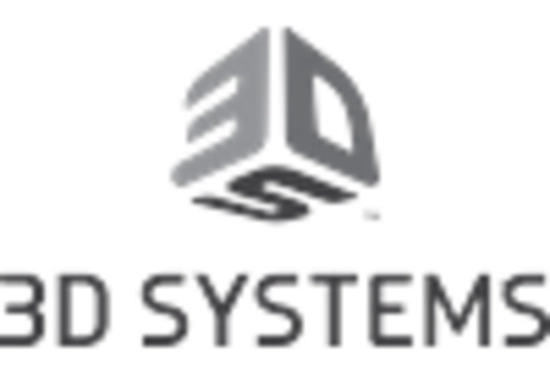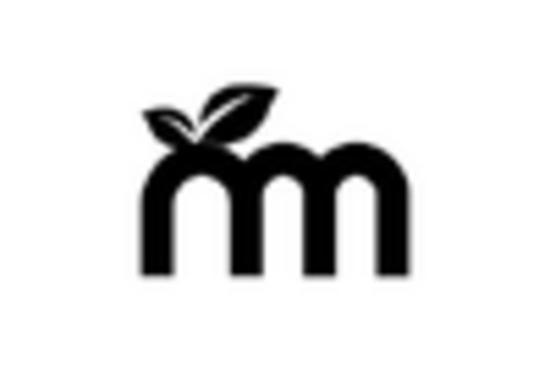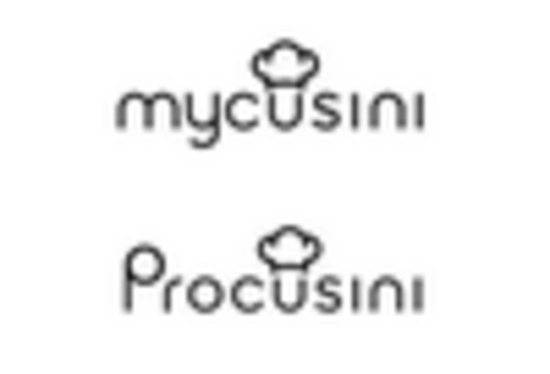Market Analysis
In-depth Analysis of 3D Food Printing Market Industry Landscape
The market trends in 3D food printing are indicative of a rapidly evolving landscape driven by technological breakthroughs and shifting consumer behaviors. One prominent trend is the increasing integration of 3D printing technology into mainstream culinary practices. Chefs and food artisans are embracing 3D food printing as a tool for creating visually stunning and highly customized dishes. The technology allows for intricate designs and shapes, enabling culinary professionals to elevate the presentation of their creations. This trend is not only limited to high-end restaurants; it is gradually making its way into home kitchens as well, with the availability of more consumer-friendly 3D food printers. Customization is another significant trend shaping the 3D food printing market. As consumers seek personalized and tailored food experiences, 3D printing technology provides a unique platform for achieving this level of customization. From personalized nutrition based on individual dietary requirements to the creation of aesthetically pleasing designs, 3D food printing allows for a high degree of flexibility. This trend aligns with the broader consumer demand for products and services that cater to individual preferences, reflecting a shift from one-size-fits-all to a more personalized approach in the food industry. Sustainability is emerging as a key driving force in the 3D food printing market. As environmental concerns become more prominent, consumers are increasingly looking for sustainable and eco-friendly food options. 3D food printing addresses this demand by offering the potential to reduce food waste through precise ingredient control. Moreover, the technology allows for the use of alternative and sustainable ingredients, including those derived from plant-based sources and food waste. This sustainability trend is resonating with consumers who are not only seeking healthier food options but are also conscious of the environmental impact of their food choices. The adoption of 3D food printing in the healthcare sector is a notable trend with significant implications. The technology's ability to create food with specific nutritional profiles has sparked interest in its application for medical purposes. For example, 3D printed food can be tailored to meet the dietary needs of individuals with specific health conditions, such as those requiring specialized diets due to allergies or medical treatments. This trend represents a convergence of technology and healthcare, opening up new possibilities for the use of 3D food printing in addressing nutritional challenges in patient care. Collaborations and partnerships between 3D printing technology providers and food companies are on the rise, marking another trend in the market. These collaborations aim to leverage the strengths of both industries, with technology providers contributing their expertise in 3D printing and food companies bringing their knowledge of culinary and consumer preferences. Such partnerships are fostering innovation and driving the development of new 3D printed food products. Additionally, these collaborations help bridge the gap between technology developers and end-users, ensuring that the technology meets the practical needs and expectations of the food industry. Despite the promising trends, challenges such as cost and safety concerns remain. The initial investment required for 3D printing technology, along with uncertainties surrounding the safety of printed food, has been a hindrance to widespread adoption. However, ongoing research and development efforts are focused on addressing these challenges, and as the technology matures, costs are expected to decrease, making it more accessible to a broader market.

















Leave a Comment